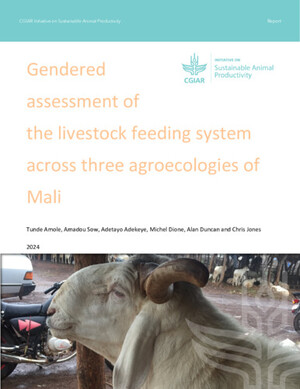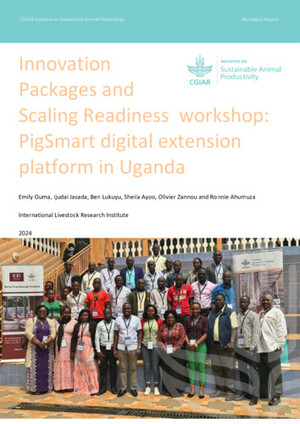
Smallholder livestock production system in Dandi district, Oromia Regional State, central Ethiopia
Abstract
A survey was conducted in Ginchi watershed area in Dandi district of Oromia Regional State, central Ethiopia. The objective of the study was to assess livestock production system, productive and reproductive performance of animals and to identify constraints to livestock production. Cross-sectional stratified random sampling technique was used to select and administer pre-tested, structured questionnaire to 78 randomly selected households. Data were collected and analyzed using descriptive statistics. The study revealed that mixed crop-livestock production system was found to be the dominant farming system in the study area. The average landholding/household was 2.5 ha. The average livestock holding per household was 4.53±0.4 cattle, 1.08±0.2 sheep, 0.54±0.2 goats, 0.1±0.04 horses, 0.1±0.04 mules, 0.6±0.09 donkeys and 3.04 poultry, respectively. In the study area, cattle are kept mainly for draught purposes. Small ruminants are used to generate income and meat production for household consumption. The major feed resources were natural pasture, hay, crop residues and crop-aftermath and tree/shrub fodders. Average milk production per cow/day was 1.76 liters. Average age at first calving, calving interval and lactation length (months) were reported to be 50.59 ± 6.93, 22.19±7.73 and 8.96±4.6, respectively. Respondents ranked feed shortage, diseases prevalence, labour scarcity and lack of capital as the major constraints limiting livestock production in that order of importance. Technical and institutional intervention would be very crucial to alleviate the prevailing constraints to livestock production in the study area.
Citation
Duguma, B., Tegegne, A. and Hegde, B.P. 2012. Smallholder livestock production system in Dandi district, Oromia Regional State, central Ethiopia. Global Veterinaria 8(5): 472-479.










